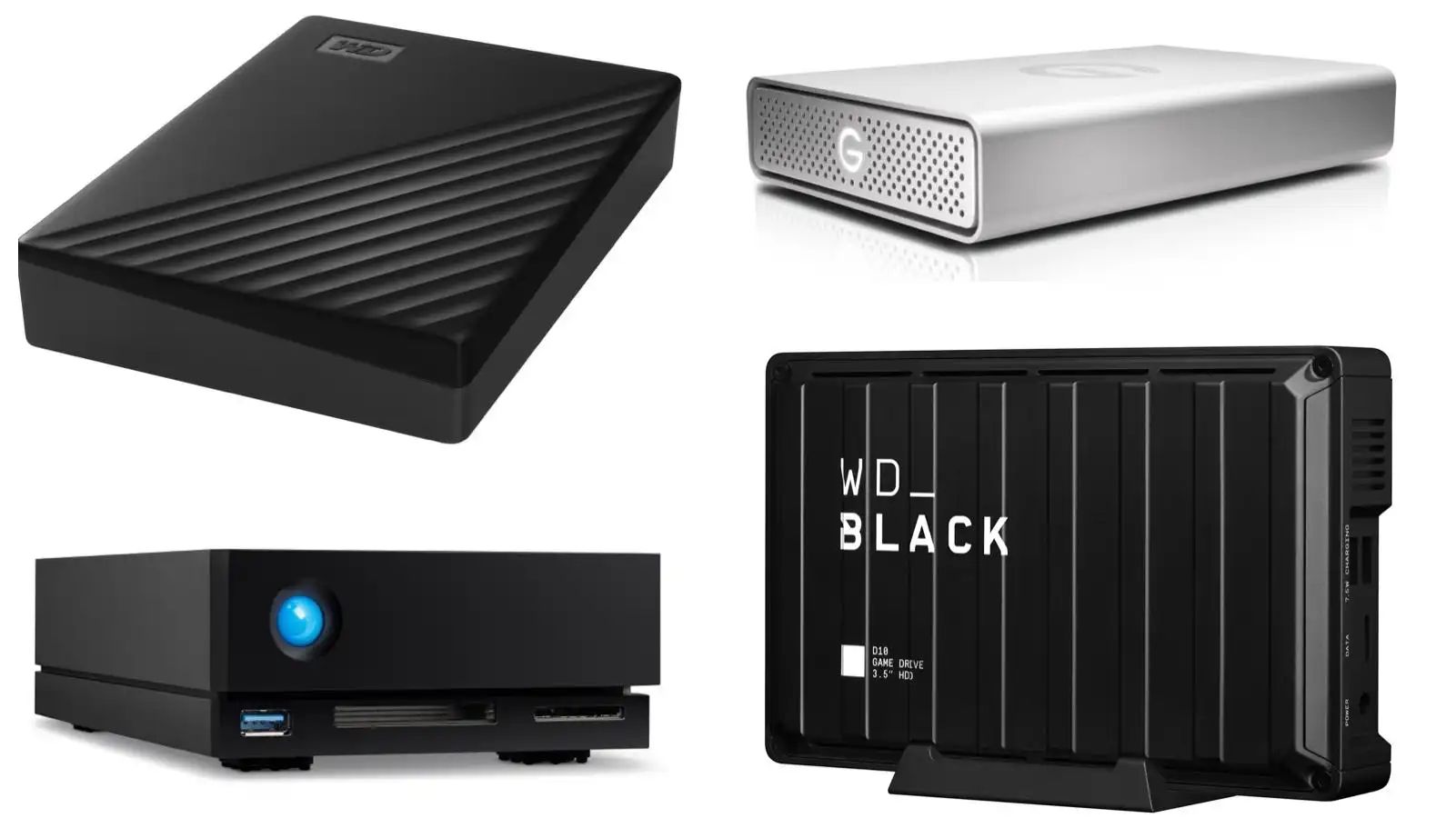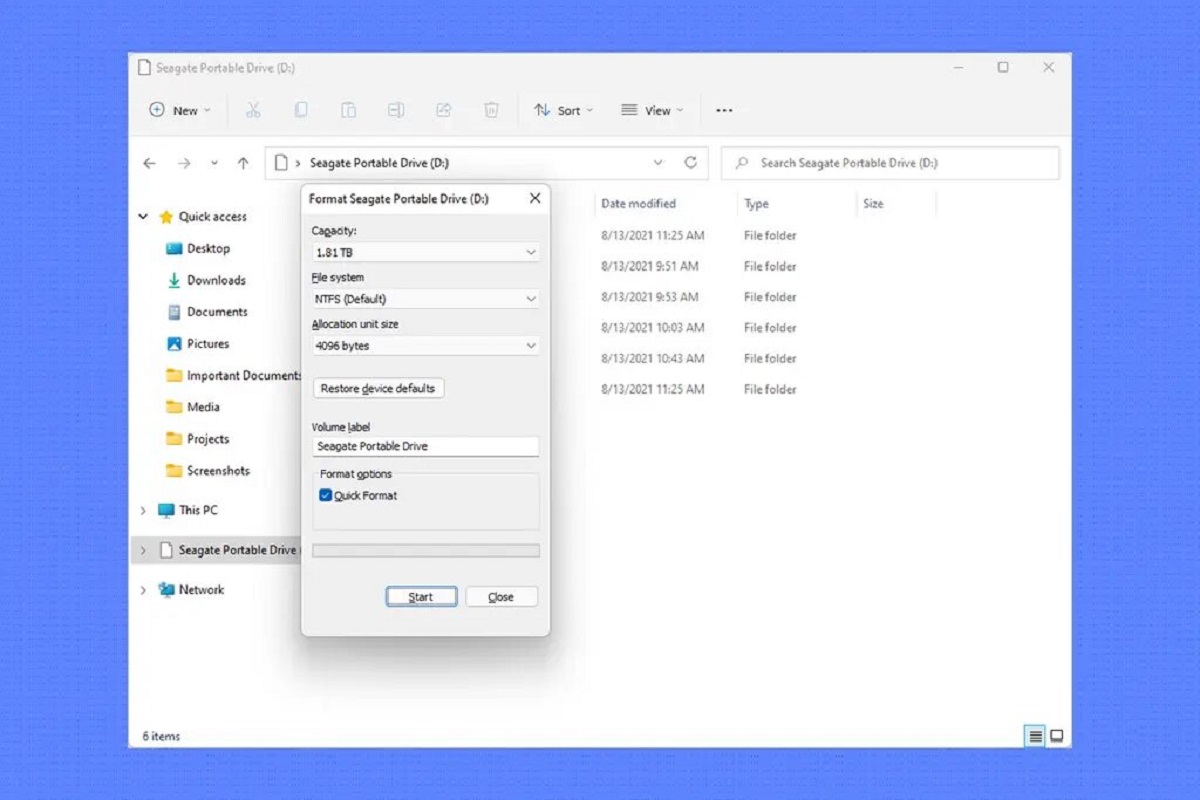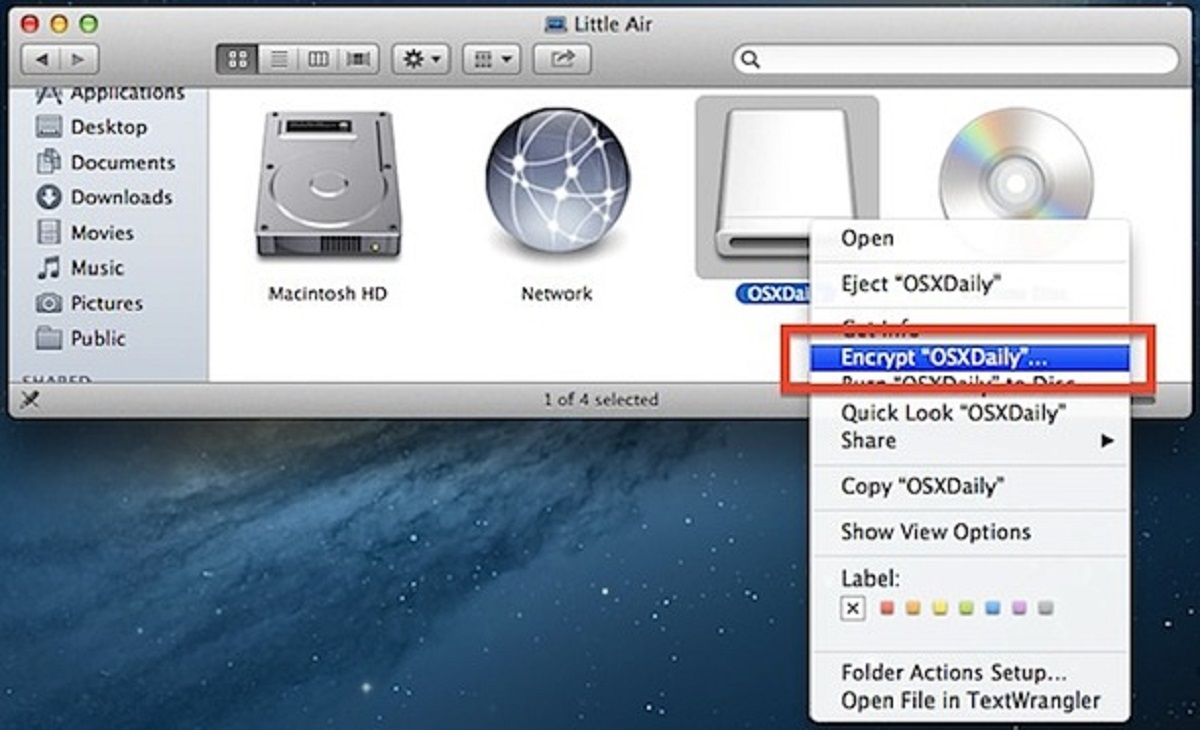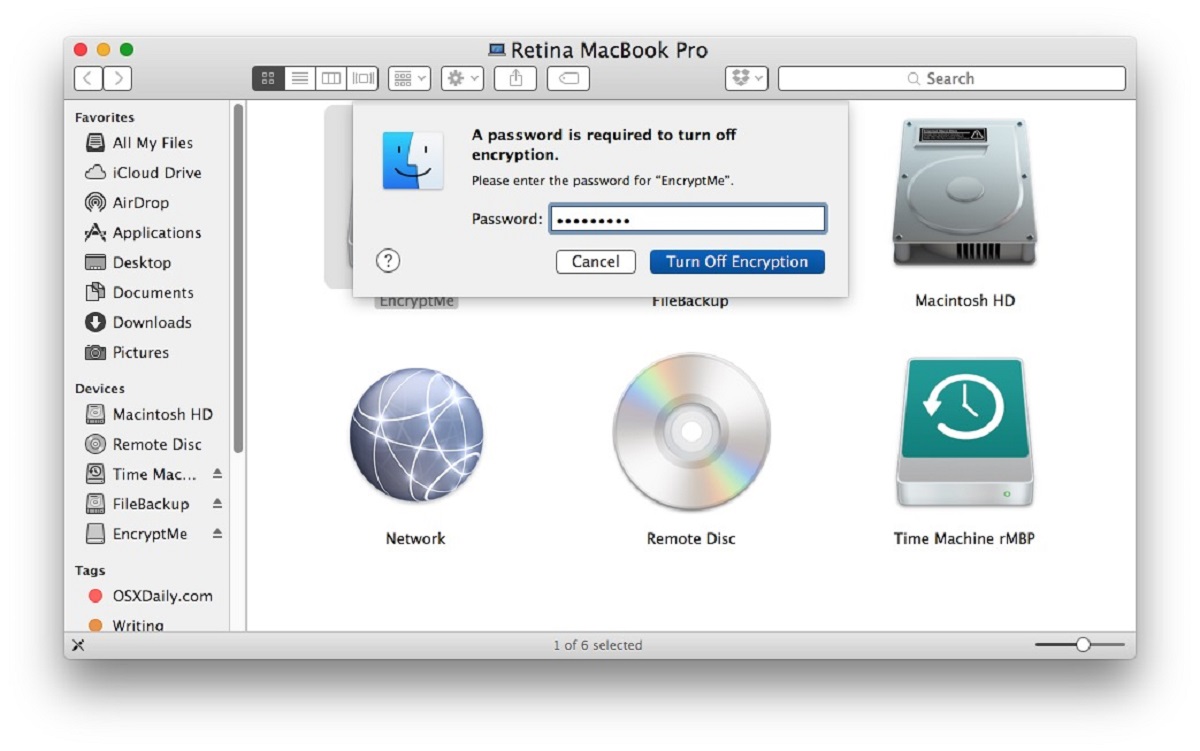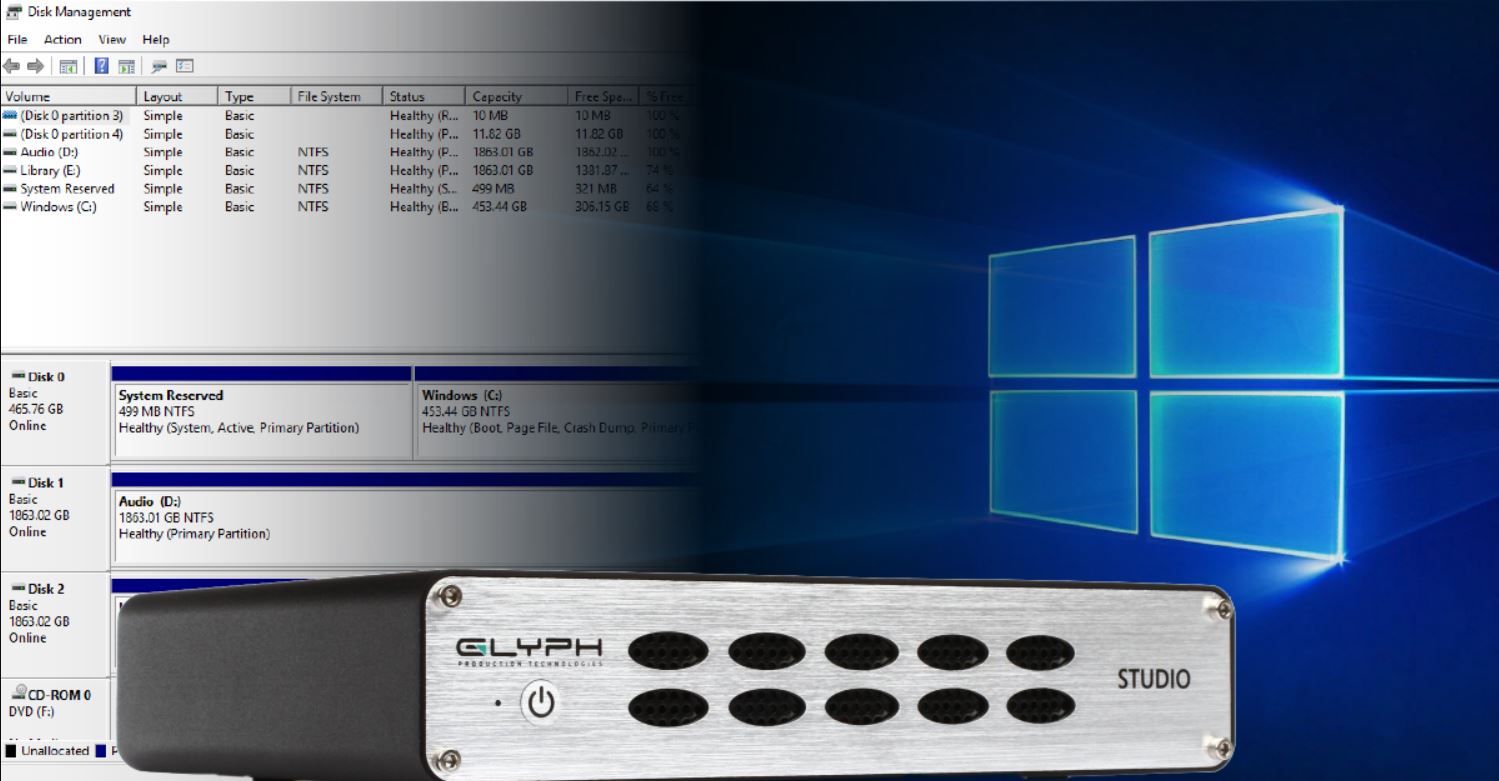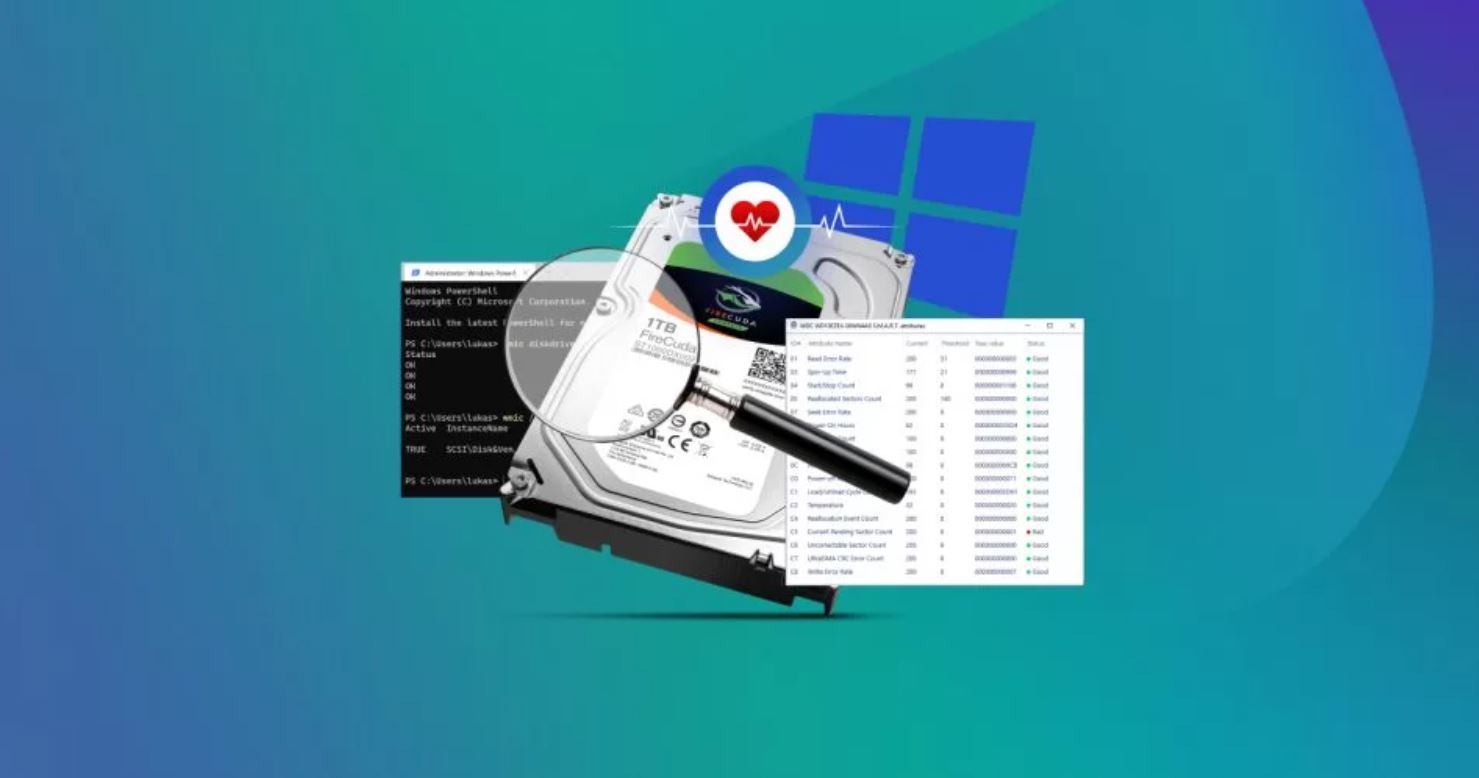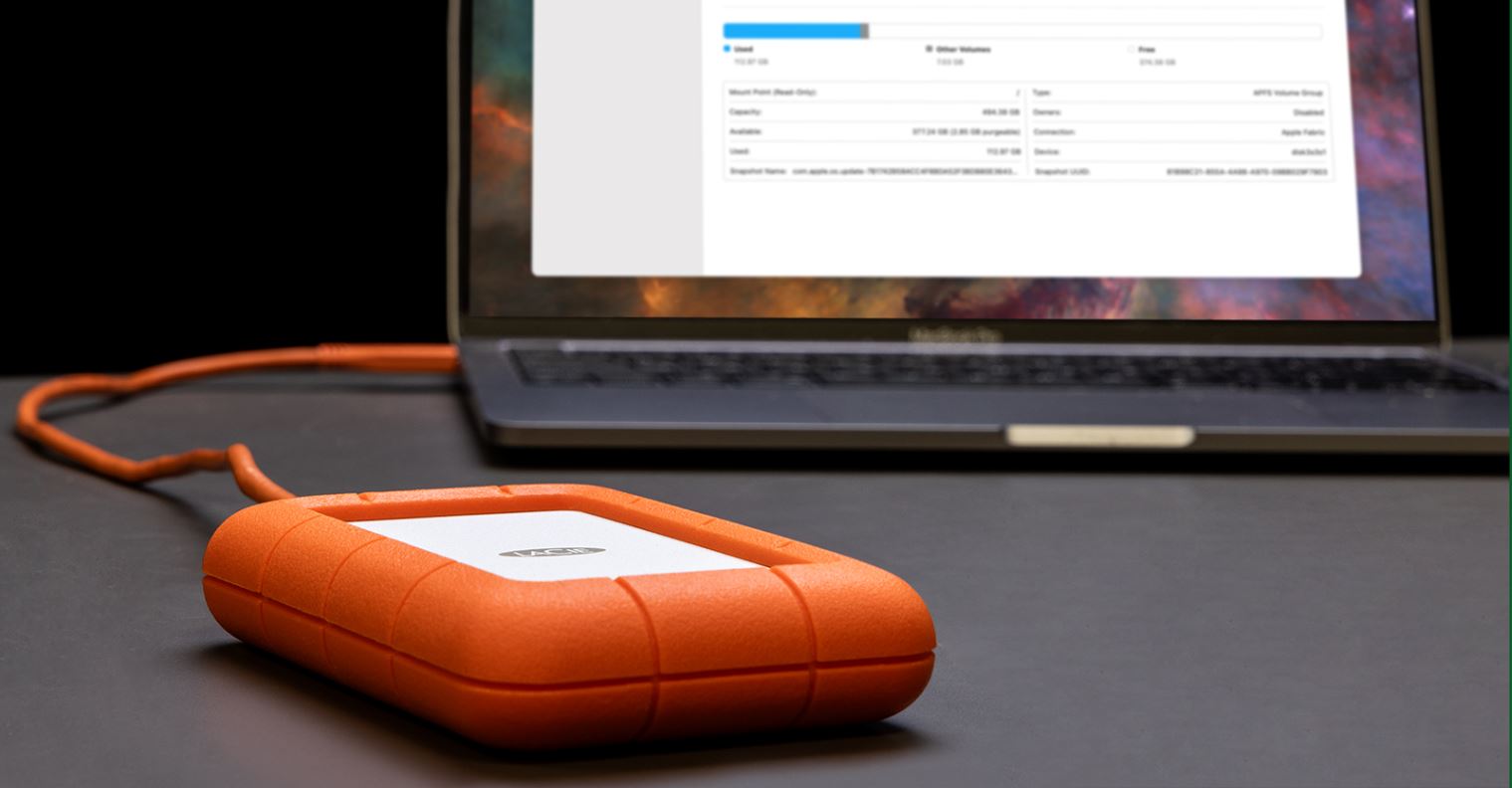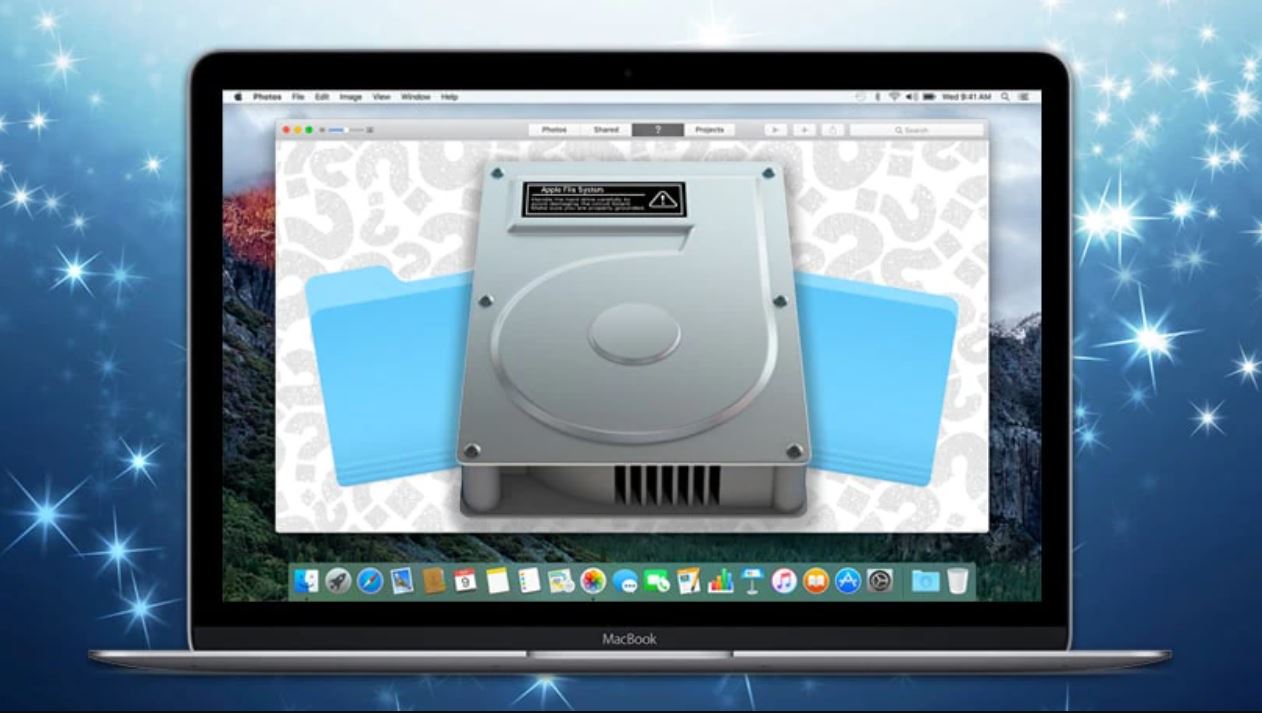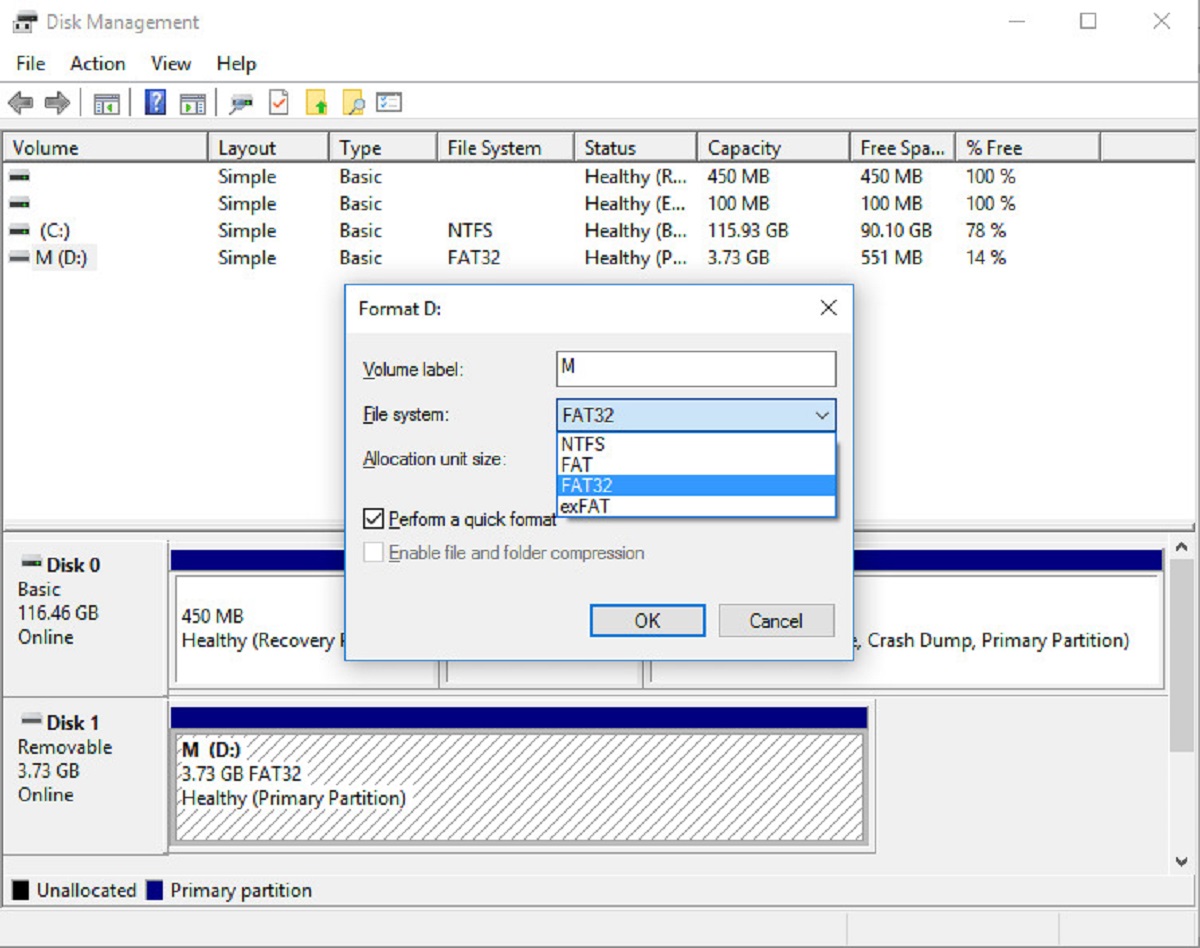Introduction
In today’s digital age, we generate and consume vast amounts of data every day. Whether it’s important documents, cherished memories in the form of photos and videos, or a growing library of music and movies, having a reliable and efficient storage solution is essential. This is where an external hard disk drive (HDD) comes into play.
An external hard disk drive is a portable storage device that connects to your computer or other devices via USB or other connectivity options. It offers additional storage space, allowing you to keep your valuable files safe, organized, and easily accessible.
External hard disk drives have become increasingly popular due to their convenience and versatility. They offer a simple and affordable way to expand your storage capacity without having to upgrade internal hard drives or rely solely on cloud storage solutions.
In this article, we will delve into the world of external hard disk drives, exploring how they work, their benefits, different types available, factors to consider when choosing one, how to connect and use them, tips for maintaining them, and answers to frequently asked questions.
How Does an External Hard Disk Drive Work?
An external hard disk drive works on the same principles as an internal hard drive, but with the added advantage of being portable and easily connected to different devices. It consists of one or more spinning disks or platters coated with a magnetic material, along with a read/write head that moves across these platters to access and store data.
When you transfer files to an external hard disk drive, the data is converted into binary code and saved as magnetic patterns on the disk’s surface. The read/write head can read these patterns by detecting changes in the magnetic fields, allowing it to retrieve the stored information.
External hard disk drives use various interfaces to connect to devices, such as USB, Thunderbolt, or eSATA. These interfaces enable the transfer of data between the hard disk drive and the connected device.
Additionally, most modern external hard disk drives are powered through the USB or Thunderbolt connection, eliminating the need for an external power source. This makes them extremely convenient to use on the go, as they can be powered directly from your laptop or mobile device.
Some advanced external hard disk drives also feature encryption options that provide an extra layer of security for your data. By encrypting the stored information, you can protect it from unauthorized access in case your hard drive falls into the wrong hands.
Overall, the functioning of an external hard disk drive is seamless and allows you to store, access, and transfer your data efficiently and conveniently.
Benefits of Using an External Hard Disk Drive
Using an external hard disk drive offers numerous benefits that can greatly enhance your data storage and management experience. Here are some key advantages:
- Extra Storage Space: One of the primary benefits of an external hard disk drive is the additional storage space it provides. As our digital lives continue to expand, it’s easy to run out of storage on our computers or other devices. An external hard drive offers a quick and easy way to free up space and keep all your files in one place.
- Portability: External hard disk drives are designed to be portable, allowing you to carry your data with you wherever you go. Whether you’re a student, a business professional, or a frequent traveler, having your files readily accessible on a compact external drive can be incredibly convenient.
- Data Backup and Protection: An external hard disk drive acts as an additional layer of protection for your important data. By regularly backing up your files to an external drive, you can safeguard them in case of device failure, theft, or damage. This ensures that even if something happens to your primary device, your valuable data remains secure.
- Flexibility and Compatibility: External hard disk drives offer compatibility with various devices and operating systems. Whether you’re using a Mac, a PC, or a gaming console, you can easily connect and use an external drive. This flexibility allows you to transfer and access files seamlessly across different platforms.
- Organized Data Management: With an external hard disk drive, you can organize your files and folders in a way that makes sense to you. This helps in faster searching and retrieval of specific files, without cluttering your primary device’s storage. Additionally, external drives often come with software that enables automatic syncing and backup for efficient data management.
By utilizing an external hard disk drive, you can enjoy these benefits and have peace of mind knowing that your data is secure, easily accessible, and available whenever you need it.
Different Types of External Hard Disk Drives
When it comes to external hard disk drives, there are various types available to cater to different needs and preferences. Here are some of the common types:
- Portable External Hard Disk Drives: These are compact and lightweight drives that are designed for on-the-go use. They typically do not require an external power source and can be powered directly through the USB or Thunderbolt connection. Portable drives are an excellent choice for individuals who need to carry their data with them and require convenience and mobility.
- Desktop External Hard Disk Drives: Desktop drives are larger in size and are meant to be stationary. They provide higher storage capacities compared to portable drives and often offer advanced features such as faster data transfer speeds. These drives are suitable for users who require larger storage capacities or want to connect the drive to a single primary device, such as a desktop computer.
- Wireless External Hard Disk Drives: Wireless drives allow you to access and transfer data without the need for a physical connection. They create a Wi-Fi network to which you can connect your devices, enabling seamless file sharing and streaming. Wireless drives are particularly useful for scenarios where multiple devices need to access the same data simultaneously, such as in a small office or during group presentations.
- Rugged External Hard Disk Drives: Rugged drives are built to withstand harsh environments, shock, vibration, and even water or dust exposure. They are equipped with durable casings and advanced shock absorption technology to protect your data from physical damage. Rugged drives are ideal for individuals who work in outdoor or rugged environments, such as photographers, videographers, or outdoor enthusiasts.
- RAID External Hard Disk Drives: RAID (Redundant Array of Independent Disks) drives combine multiple hard drives to provide enhanced storage performance and redundancy. They offer improved data transfer speeds and can survive the failure of one or more individual drives without losing data. RAID drives are suitable for users who require high-speed data transfer, data redundancy, and additional data protection.
Each type of external hard disk drive has its own advantages and considerations. It’s important to assess your specific needs and preferences before choosing the right type of drive that fits your requirements.
Factors to Consider When Choosing an External Hard Disk Drive
When selecting an external hard disk drive, there are several factors to consider to ensure that you choose the one that best suits your needs. Here are some key factors to keep in mind:
- Storage Capacity: The storage capacity of the external hard disk drive is an essential consideration. Evaluate your data storage needs and choose a drive that offers sufficient space to accommodate your current and future files. Consider factors such as the size of your media files, the number of documents, and the growth of your data collection.
- Transfer Speed: The data transfer speed of the drive determines how quickly you can access and transfer files. If you frequently work with large files or require fast data transfers, consider opting for a drive with USB 3.0 or Thunderbolt connectivity, as they offer faster transfer rates compared to USB 2.0.
- Compatibility: Ensure that the external drive is compatible with your devices and operating systems. Check if it supports the required interfaces (USB, Thunderbolt, etc.) and is compatible with your computer or other devices (Windows, Mac, gaming consoles, etc.).
- Portability: If you need to carry the drive with you often, consider the size, weight, and durability of the external hard disk drive. Portable and rugged drives are ideal for users on the go, while desktop drives are suitable for stationary use.
- Security Features: If you handle sensitive data, look for drives that offer encryption options to protect your files from unauthorized access. Some drives provide hardware encryption or built-in password protection to enhance the security of your data.
- Reliability and Warranty: Consider the reliability and reputation of the brand you are considering. Look for drives with reliable performance and a good track record. Additionally, check the warranty provided by the manufacturer to ensure you are protected against any potential defects or failures.
By considering these factors, you can make an informed decision and choose an external hard disk drive that meets your requirements in terms of storage capacity, speed, compatibility, portability, security, and reliability.
How to Connect and Use an External Hard Disk Drive
Connecting and using an external hard disk drive is a straightforward process. Here’s a step-by-step guide to help you get started:
- Select the Right Connection: Identify the appropriate connection type supported by your external hard disk drive and your device. Common connection options include USB, Thunderbolt, or eSATA. Ensure that you have the necessary cables or adapters to establish the connection.
- Power On the External Drive: If your external hard disk drive requires external power, ensure it is properly connected and powered on before making the connection to your device. If it is a portable drive that gets powered through the USB or Thunderbolt connection, skip this step.
- Connect the Drive to Your Device: Insert one end of the cable into the appropriate port on your external hard disk drive and the other end into an available USB, Thunderbolt, or eSATA port on your device.
- Wait for Device Recognition: Once connected, your computer or device should recognize the external drive. It may take a few seconds for the device to detect and configure the drive. Follow any on-screen prompts if necessary.
- Accessing and Using the Drive: Once recognized, you can access the external hard disk drive through your file explorer or finder. It will be listed as a separate drive, and you can navigate through its folders and files just like you would with your internal hard drive. You can now copy, move, and delete files as needed, or you can set up automatic backups using the drive’s software if available.
- Safely Eject the Drive: Before disconnecting the external hard disk drive, it is crucial to properly eject or safely remove it from your device. This ensures that all data has been written and that there are no active processes or transfers. Use the eject option in your operating system or right-click on the drive icon and select “Eject.” Once you receive the confirmation message, you can safely unplug the drive.
- Store the Drive Properly: When not in use, store your external hard disk drive in a safe and dry location to prevent any physical damage. Consider investing in a protective case or sleeve for added protection during transport.
By following these steps, you can easily connect and use your external hard disk drive, allowing you to conveniently manage and access your valuable data.
Tips for Maintaining Your External Hard Disk Drive
Proper maintenance of your external hard disk drive is essential to ensure its longevity and optimal performance. Here are some useful tips to help you maintain your external drive:
- Handle with Care: Avoid dropping or mishandling your external hard disk drive, as physical shocks can cause damage to the delicate internal components. Treat it with care and store it in a secure location when not in use.
- Keep it Cool: Heat can be detrimental to the performance and lifespan of your external drive. Ensure that it is kept in a well-ventilated area and avoid exposing it to direct sunlight or extreme temperatures. Excessive heat can lead to drive failure or data corruption.
- Regularly Back Up Your Data: Creating regular backups of your external hard disk drive is crucial to prevent data loss in case of drive failure or other unforeseen circumstances. Consider using cloud storage, another external drive, or a combination of both for added security.
- Protect from Power Surges: Power surges can pose a risk to your external drive’s circuitry. To protect it, use a surge protector or an uninterruptible power supply (UPS) to ensure a stable flow of electricity.
- Scan for Malware: Like any other storage device, external hard disk drives are susceptible to malware and viruses. Regularly scan your drive for potential threats using reliable antivirus software to protect your data.
- Keep Firmware Updated: Check the manufacturer’s website periodically for firmware updates for your external drive. These updates can improve performance, address known issues, and enhance compatibility.
- Avoid Unplugging Abruptly: Always eject or safely remove your external hard disk drive before disconnecting it from your computer or device. Abruptly unplugging the drive while it is in use can lead to data corruption or loss.
- Frequent Disk Checks: Perform disk checks or scans regularly to identify and repair any file system errors or bad sectors on your external drive. This can help maintain its performance and prevent data loss.
- Regularly Clean the Exterior: Keep the exterior of your external drive clean by gently wiping it with a soft, lint-free cloth. Avoid using harsh chemicals, abrasive materials, or excessive moisture that could damage the drive’s casing.
- Keep an Eye on Storage Capacity: Regularly monitor the available storage space on your external hard disk drive and consider deleting or transferring unnecessary files to free up space. Running out of storage can impact performance and limit your ability to save new files.
By following these maintenance tips, you can ensure the longevity and optimal performance of your external hard disk drive, keeping your data safe and accessible for years to come.
Frequently Asked Questions about External Hard Disk Drives
Here are some common questions that people often have about external hard disk drives:
- 1. Can I use an external hard disk drive with any device?
External hard disk drives are designed to be compatible with various devices, including computers (Windows, Mac, Linux), gaming consoles, and media players. However, it’s important to check the compatibility of the drive with the specific device and operating system before making a purchase. - 2. Can I connect multiple external drives to my computer simultaneously?
Yes, you can connect multiple external hard disk drives to your computer at the same time. Most computers have multiple USB ports, allowing you to connect multiple drives. However, keep in mind that the performance of each drive and the overall transfer speeds may be affected. - 3. Can I use my external hard disk drive as a bootable device?
In most cases, you can use an external hard disk drive as a bootable device. However, this depends on the BIOS/UEFI settings of your computer and the specific operating system you want to boot. Consult your device’s documentation or manufacturer’s website for instructions on how to set up a bootable external drive. - 4. How can I secure my data on an external hard disk drive?
Many external hard disk drives offer security features like hardware encryption or password protection. These options add an extra layer of security to your data, preventing unauthorized access. Additionally, you can also encrypt your files or use dedicated encryption software to protect your data from prying eyes. - 5. How long do external hard disk drives last?
The lifespan of an external hard disk drive can vary depending on several factors, including usage, quality of the drive, and how well it is maintained. On average, external drives can last for several years. However, it is a good practice to regularly backup your data and replace your drive every 3-5 years to ensure optimal performance and avoid potential data loss due to drive failure. - 6. Can I recover data from a faulty external hard disk drive?
In some cases, it may be possible to recover data from a faulty external hard disk drive. However, it is recommended to seek the assistance of professional data recovery services who have the expertise and tools to retrieve data from damaged drives. Attempting to recover data yourself can potentially cause further damage and hinder the recovery process.
If you have any other questions or concerns about external hard disk drives, it is advisable to consult the product documentation or reach out to the manufacturer’s customer support for specific guidance and assistance.
Conclusion
External hard disk drives have revolutionized the way we store, manage, and access our digital data. These portable storage devices offer a range of benefits, including extra storage space, portability, data backup, compatibility, and organized data management. By connecting an external hard disk drive to your computer or other devices, you can easily expand your storage capacity and keep your valuable files safe and easily accessible.
Understanding how external hard disk drives work and considering factors such as storage capacity, transfer speed, compatibility, portability, security features, and reliability can help you choose the right drive for your specific needs. By following proper maintenance tips, such as handling the drive with care, keeping it cool, regularly backing up data, protecting against power surges, and maintaining proper disk health, you can ensure the longevity and optimal performance of your external drive.
With the ability to connect and use an external hard disk drive, you have the freedom and convenience to manage your files seamlessly. Whether you’re a student, a professional, or a casual user, an external hard disk drive is an invaluable storage solution that enables you to store, transfer, and access your data with ease.
By familiarizing yourself with frequently asked questions and seeking professional assistance when needed, you can make the most out of your external hard disk drive and ensure that your valuable data remains safe, secure, and readily available for your convenience and peace of mind.







